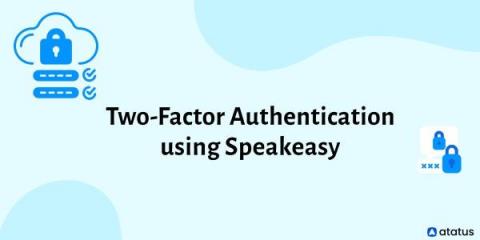Ways to debug App slowness
One of the most important variables in determining the essential success of your company's IT infrastructure is the efficiency of your apps. Having a slow-running application, on the other hand, is a burden on the company's overall performance. Developers must rectify a slow application and determine the root cause of the problem promptly. The top five reasons for SaaS user churn are performance-related issues, which is a major revenue loss that can be avoided.











